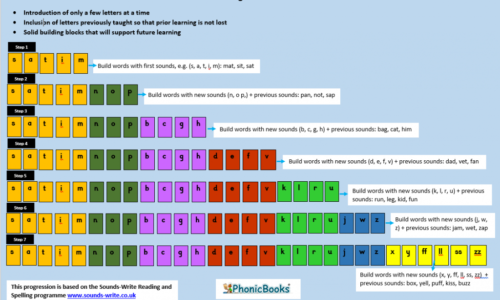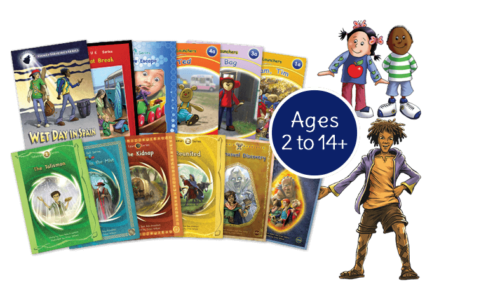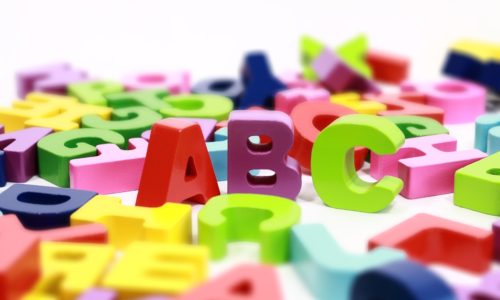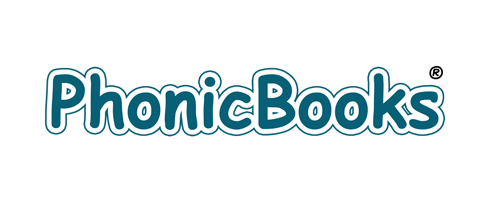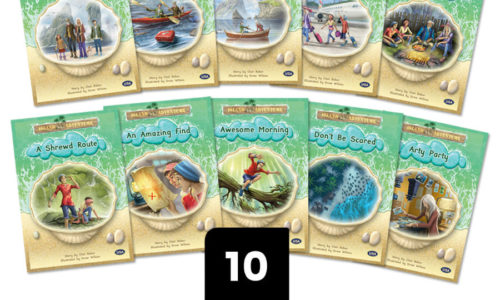
Older, struggling readers often have gaps in the their phonics knowledge. They find alternative spellings particularly confusing. Many suffer from low self-esteem so offering them decodable materials that are age-appropriate is vital. Vital because if the reading materials can engage the disaffected reader, his/her motivation to try and read will grow. Without motivation it is…
Read More

